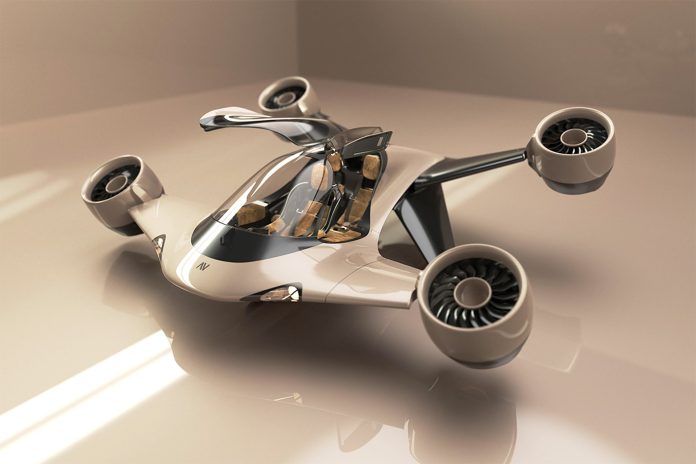London-based startup AltoVolo has unveiled plans for a new personal hybrid-electric aircraft that aims to combine speed, range, and low noise in a compact three-seat form. Called the Sigma, the aircraft is still in the concept phase, but AltoVolo has shared detailed performance targets that position it well beyond many of its eVTOL competitors — at least on paper.
The Sigma is designed to cruise at speeds of up to 220 mph (354 km/h) and deliver a maximum range of 510 miles (821 km), all while producing 80% less noise than a conventional helicopter. If achieved, these specs would significantly exceed the capabilities of most current or near-market electric VTOL aircraft.
To put this in context, Archer Aviation’s Midnight air taxi, which has made considerable progress toward regulatory approval in the U.S., is designed to reach a top speed of 150 mph (241 km/h) with a range of around 100 miles per charge. Meanwhile, Joby Aviation’s hydrogen-powered demonstrator aircraft recently flew 523 miles (842 km) and is capable of reaching 200 mph (322 km/h), putting it closer to Sigma in terms of performance. However, unlike Archer and Joby — both of which are focused on short-hop air taxi services — AltoVolo is aiming its aircraft at the private mobility market, potentially offering a quieter, long-range alternative to personal helicopters.
The Sigma’s design is intentionally compact, with a wingspan of just 15.7 feet (4.8 meters), roughly equivalent to the width of a standard double garage door. The aircraft will reportedly weigh just 2,160 pounds (980 kg), including three passengers, which is similar to the curb weight of the Gordon Murray T.50 — a hypercar known for its lightweight construction.
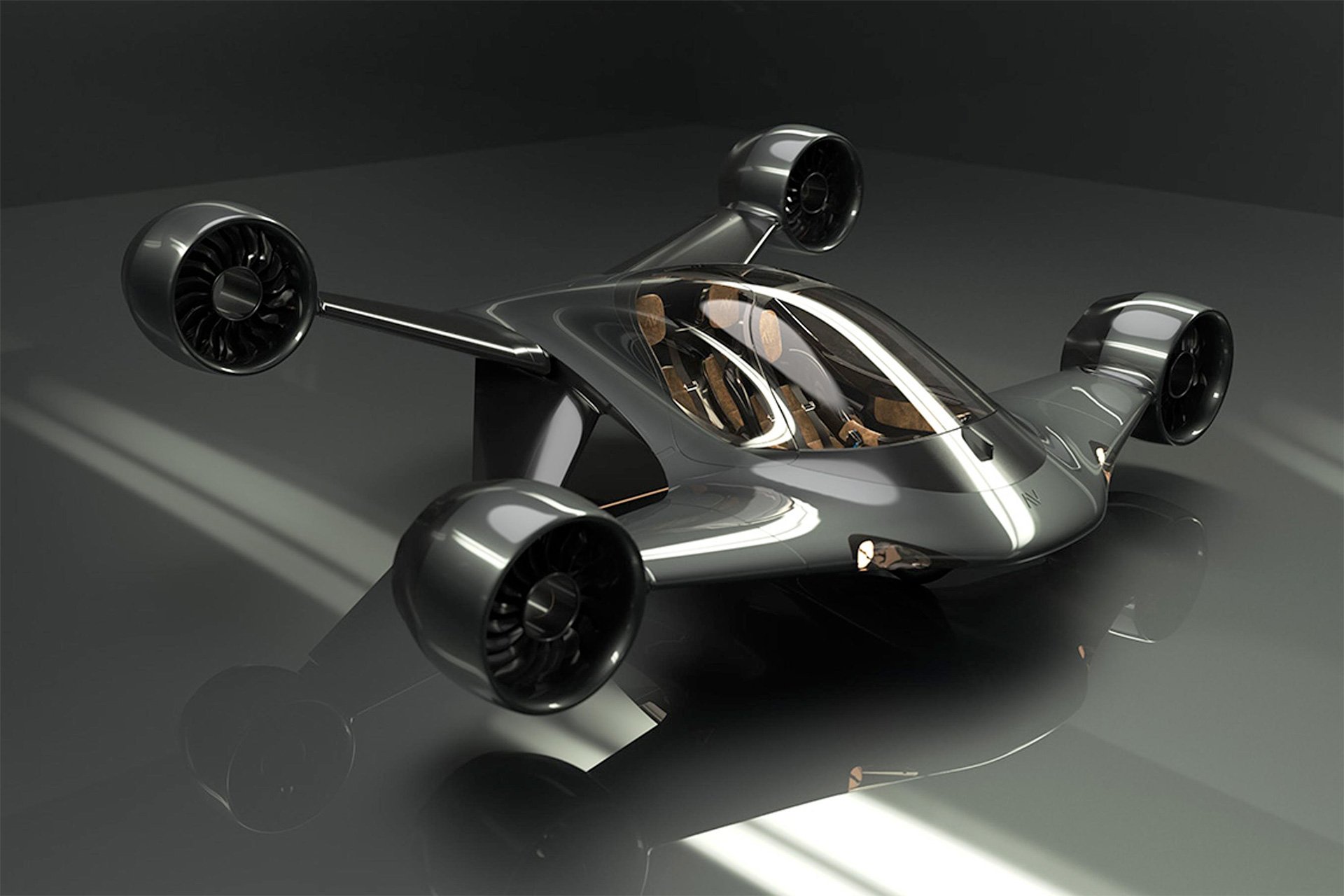
Despite its small footprint, the Sigma is expected to house a 1,608-horsepower hybrid powertrain. The aircraft features a “patent-pending tilting electric jet design” and claims to integrate advanced aerodynamics with a dual energy source: battery-powered propulsion for vertical take-off and landing, and liquid fuel for sustained forward flight. According to AltoVolo, this combination is intended to “leverage the high burst capability of batteries for vertical take-off and landing, and the energy density of liquid fuel for long range flight.”
AltoVolo also claims that the aircraft has been engineered with redundancy in mind. Even if one of the jets fails, the Sigma will reportedly remain operational, improving both reliability and safety for private users. The aircraft will incorporate autonomous flight systems developed by Embention, a firm with experience in aviation control systems.
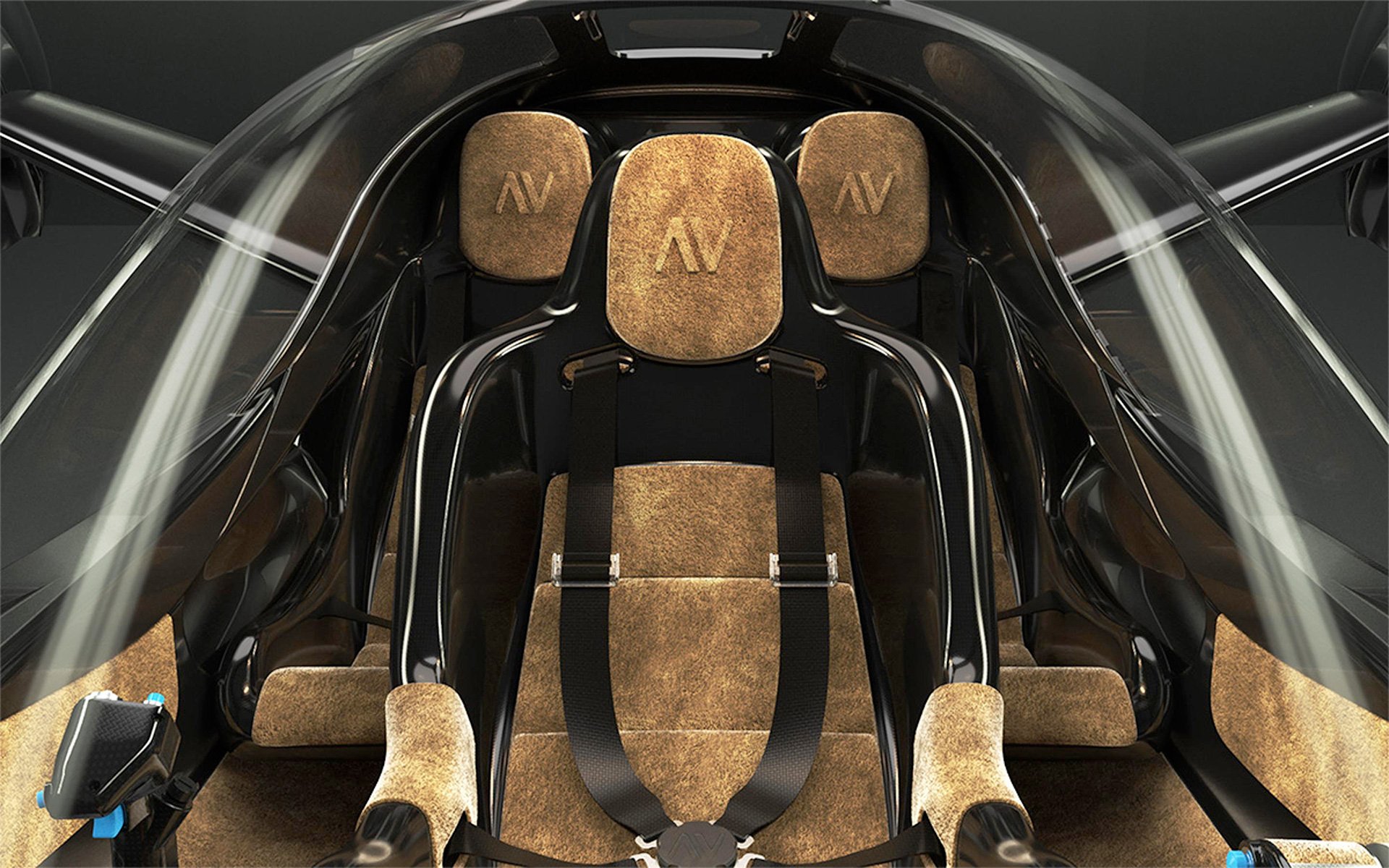
Still, much of what AltoVolo has revealed is in the form of 3D renders, and the aircraft itself has yet to be shown in real-world testing. While the company says it has already completed prototype flight testing, details about those tests have not been made public. The next step, according to AltoVolo, is the construction of a full-scale demonstrator.
The startup also plans to open a waitlist for early orders this July, though it has not yet announced expected pricing or delivery timelines. As with many new entrants in the eVTOL sector, questions remain about funding, certification pathways, and the founder’s background — in this case, Will Wood, whose track record in aviation has not been widely documented.
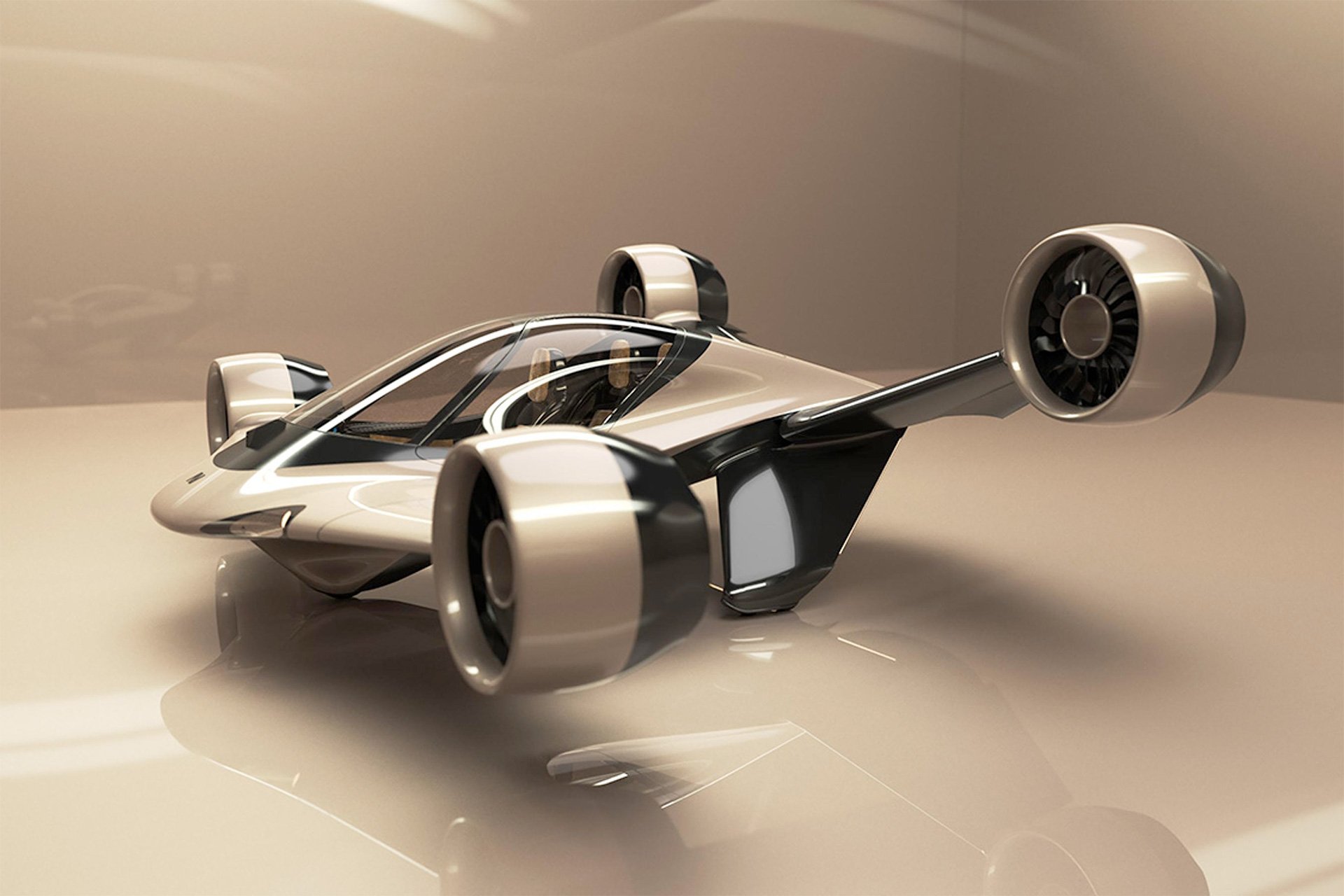
AltoVolo’s concept is certainly ambitious. Whether the Sigma makes the leap from rendered concept to certified aircraft remains to be seen, but the company has signaled its intent to carve out a niche in private, long-range electric flight — a space currently underserved by more urban-focused air taxi developers.
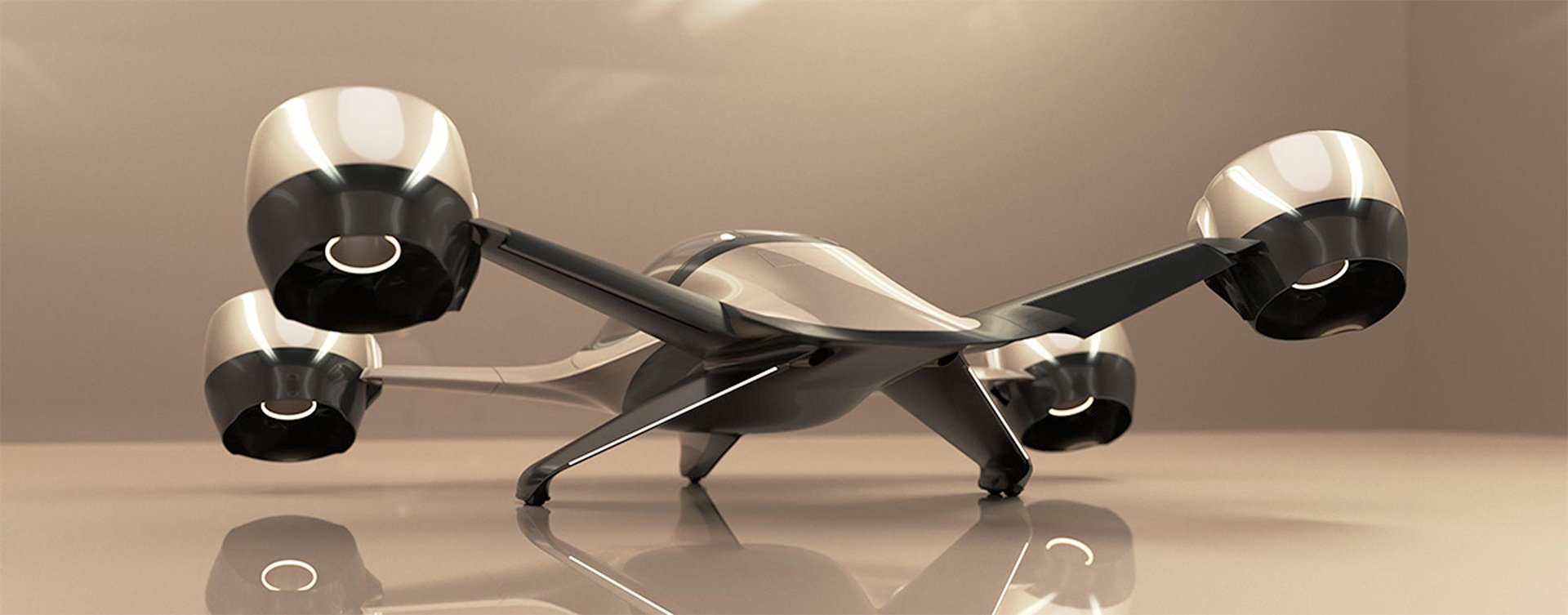
Source: AltoVolo

